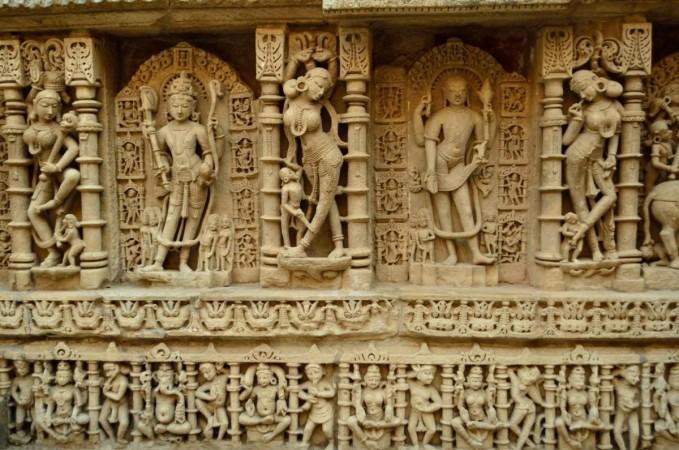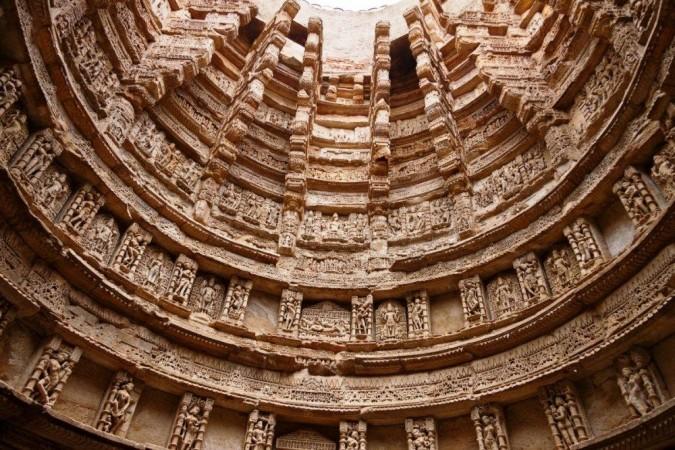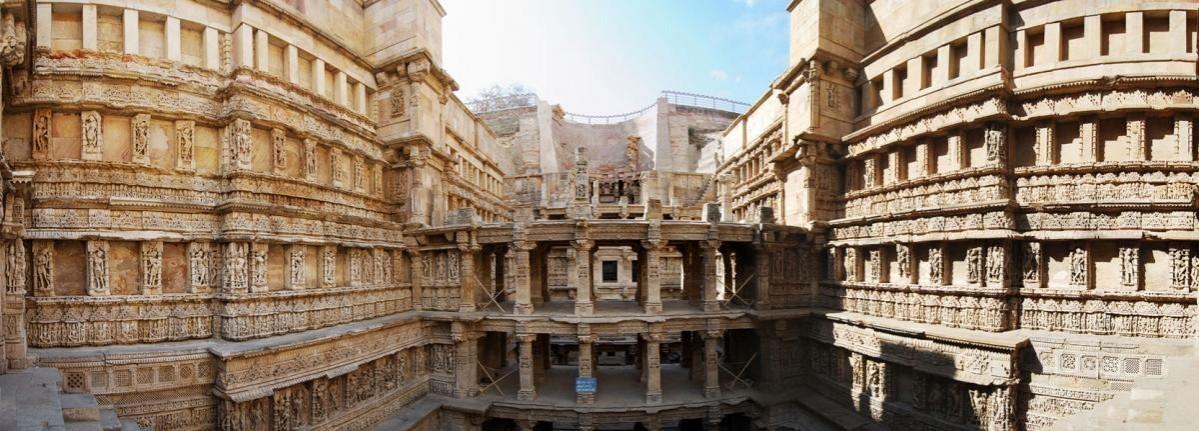'Rani Ki Vav' in Patan, Gujarat, was recently in the news when the local opposition leader of Patan municipality, Bharat Bhatiya, demanded Gujarat chief minister Vijay Rupani, along with state BJP president C R Paatil, to pay Rs 35 each for visiting the world heritage site which was closed for visitors during the corona-induced lockdown.
Situated outside the city of Patan, Rani Ki Vav, which translates into 'queen's well', is more than just a stepwell that was once used to store water. It's a whole subterranean world consisting of masterful sculptures, elaborate carvings, endless passages and centuries of history.

Engineering behind the famous step well
A stepwell has usually been defined as a cistern or irrigation tank, reached by descending a set of steps to the water level. In ancient India, step-wells became common, with several being associated with ritual cleansing or rites of consecration in veneration of deities within "stepwell temples" or "temple tanks".
The beautiful marvel that we see today was built in the 11th century and has been attributed to the Chaulukya dynasty (also known as the Chalukyas of Gujarat or the Solanki dynasty) which ruled parts of what is now Gujarat and Rajasthan in north-western India between the 6th and the 12th centuries.

Recognized as a UNESCO World Heritage Site, Rani Ki Vav is said to be designed in the Maru-Gurjara architectural style or an 'inverted temple' highlighting the sanctity of water. It is divided into seven levels of stairs with sculptural panels of high artistic quality. The fourth level is the deepest and leads into a rectangular tank 9.5m by 9.4m, at a depth of 23m. The well is located at the westernmost end of the property and consists of a shaft 10m in diameter and 30m deep.
Built on the banks of the ancient and sacred Saraswati river, this first mention of the historical architecture dates around 1304 AD, when Jain monk Merutunga composed the Prabandha-Chintamani (medieval Indian Sanskrit literature) that mentioned "Udayamati, the daughter of Naravaraha Khengara, built this novel stepwell at Shripattana (Patan) surpassing the glory of the Sahastralinga Tank".

The first major excavation and restoration project being conducted by the Archaeological Survey of India (ASI) from 1986. It has also been explained by archeologists that the stepwell, over the centuries, was flooded by the Saraswati river, depositing layers of silt with each flood event that eventually led to the temple being buried.
Excavations revealed that the walls of the temple are adorned with various figures and sculptures, numbering 500 principle sculptures and over a thousand minor depictions of numerous deities that includes Brahma, Vishnu, Shiva, goddesses (Devi), Ganesha, Kubera, Lakulisha, Bhairava, Surya, Indra, and Hayagriva.
In 2014, Rani ki vav was recognised into the UNESCO's World Heritage Sites list as an ancient monument of national importance by the provisions of the Ancient Monuments and Archaeological Sites Act of 1958.














